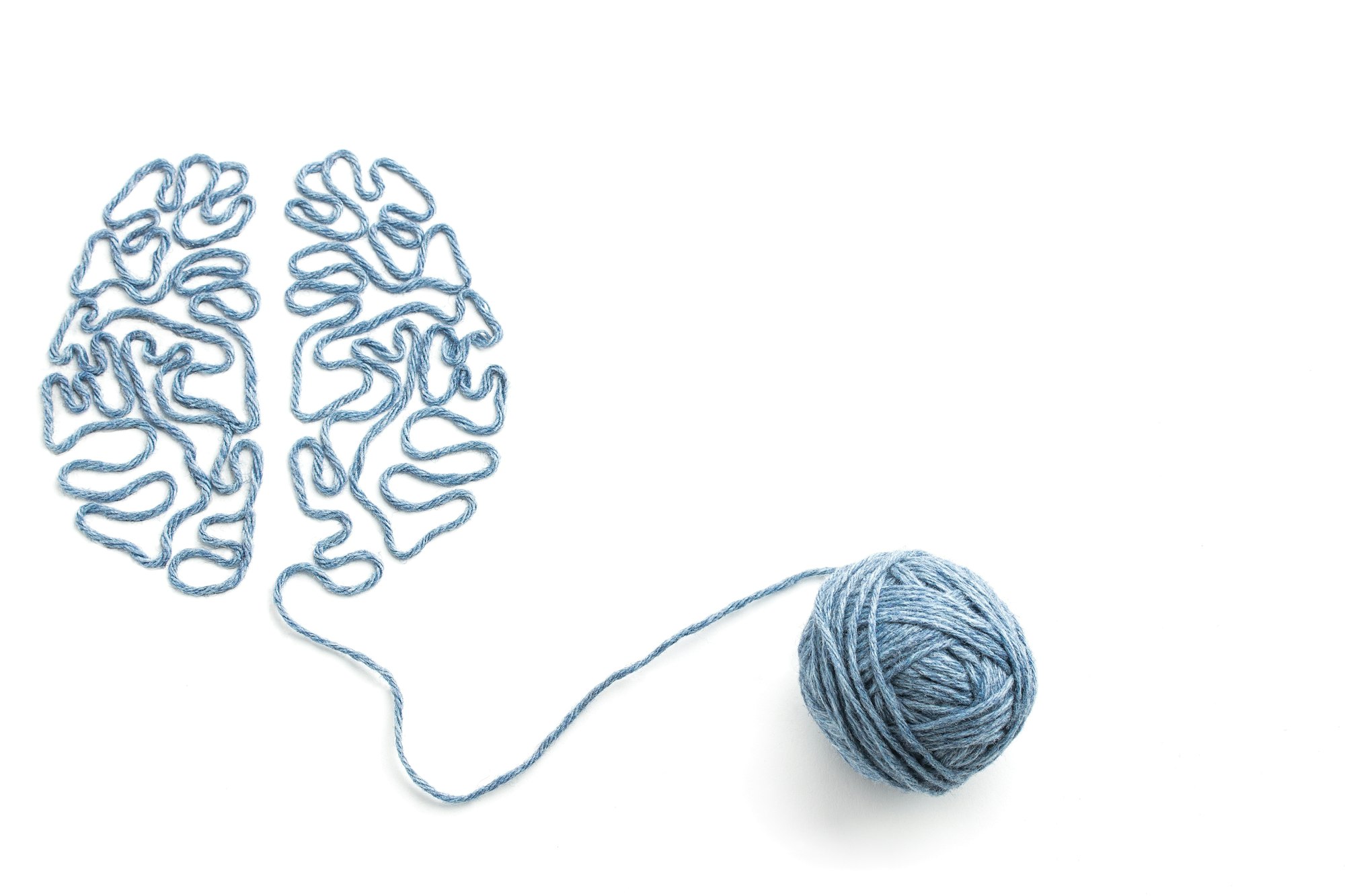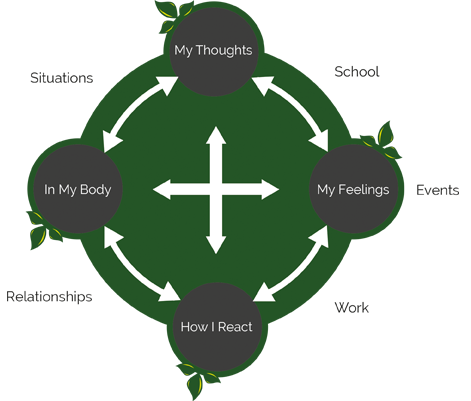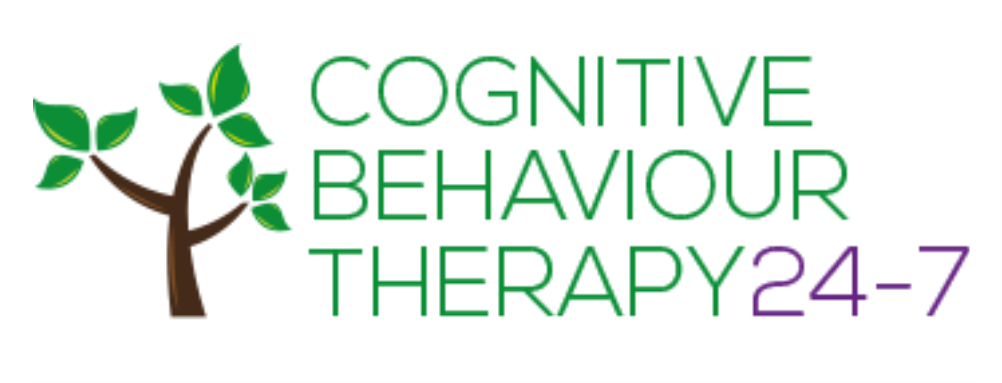Home / What is CBT

Its the middle of the night and you are sleeping in bed. You are woken by a loud noise in the kitchen downstairs. How do you think you might feel?
Well, as this diagram makes clear, there’s more than one possible answer:

Now of course there are other ways in which someone might interpret hearing a noise in the night. Perhaps you can think of some and of the different emotions you might experience as a result?
Note that your thoughts don’t just affect your feelings; they can also influence the actions you take.
And while it might seem daft to consult a therapist over nothing more than a noise in the night, the basic principle is exactly the same when it comes to major and more complex problems.
So, in essence CBT is based on the premise that the way you think, your appraisal of the situation, affects the way you feel and behave. The main purpose of CBT is to help you to identify and change those key thinking patterns or processes and the key responses which contribute to the development of or maintenance of troublesome emotions such as low mood or anxiety.
Cognitive Behaviour Therapy ultimately improves your mood and reduces your anxiety levels by helping you to change what you think or how you think and how you react to certain situations. Self help strategies and problem-solving are also a focus in therapy so as to enable you to maintain your improvement once therapy is complete.


With over 30 years of experience in mental health, I have worked in both NHS and independent practice, focusing on anxiety, depression and trauma related issues. I specialise in cognitive behavioural therapy (CBT) and have established a private practice based in Derbyshire to provide more accessible psychological therapy. Additionally, I offer clinical supervision and mentorship in CBT, holding accreditation as a Supervisor with the BABCP.
Copyright 2025 © All Right Reserved. Designed by Frosty Developments